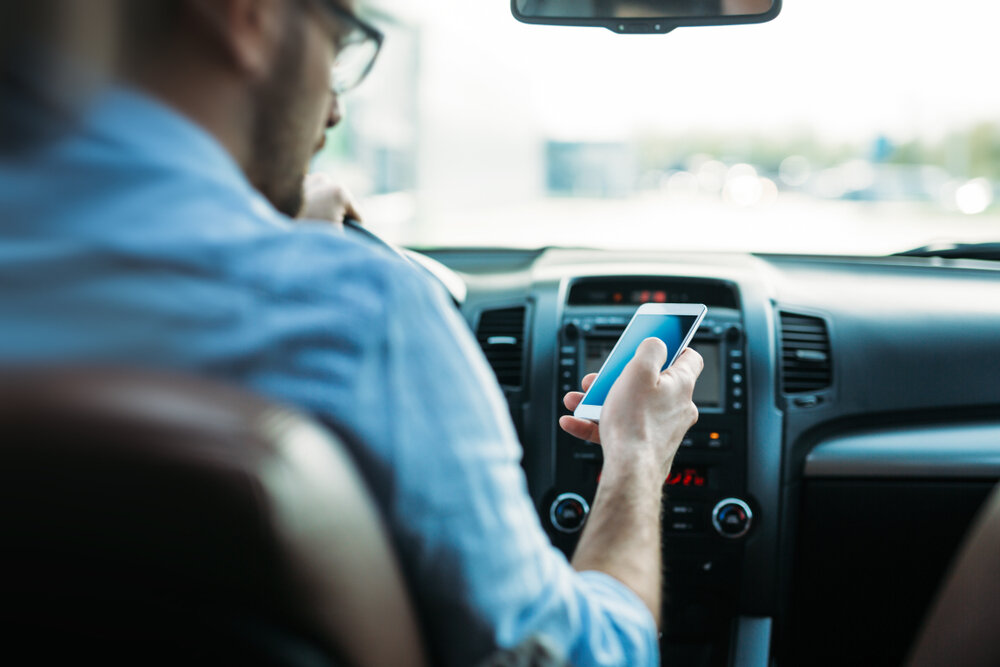How Driving and Texting Can Be Legally Offensive?
Without reading something in the news about an accident caused by texting and driving, in Oklahoma and across the U.S., it seems like hardly a day goes by. The truth is that texting while a vehicle is running is a type of "distracted" driving, a term used to describe any behavior that distracts attention from what should be the main task at hand:
Some distracted driving examples include:
Surfing or chatting on the phone over the internet;
Taking a picture;
Weather or maps check;
Social media viewing;
Eat or drink;
Grooming;
Use of audio controls or navigation devices; and,
Most others
The consequence is a safety hazard and an increase in the chances of crashing when a driver does not devote his or her full attention to driving the vehicle. Texting while driving, however, is one of the most worrisome kinds of diversion because sending or reading a message for an average of five seconds takes the eyes off the lane. If unmindful driving leads to an accident to your loved one, call an accident attorney.
Understanding that it is so risky to text and drive
In order to operate motor vehicles safely, a driver is required to perform a variety of primary, essential tasks; secondary, unnecessary activities significantly interfere with the fundamental tasks. Texting provides a substantial distraction to the ability of the operator to perform the vital tasks needed to drive safely.
It is possible to further break down distractions into three major categories:
Visual Distraction
It's a visual distraction when the motorist's visual attention drifts to something other than the road and surrounding conditions.
Manual Distraction
If an operation involves the user operating an item or system other than the controls of the steering wheel or car, it falls into the manual category.
Cognitive Distraction
A driver can think about a subject that is not relevant to the running of the vehicle, which affects focus and commitment to the primary driving mission.
Rules for Young Drivers
Drivers under the age of 18 years old are protected by another provision of the Vehicle Code: Section 23124. The use of any cellular telephone or electronic wireless communications system, regardless of whether it can be used in hands-free mode, is prohibited for drivers 17 and younger.
Driving Law Enforcement
For texting while driving, there are two methods from which a driver can be cited:
Primary Enforcement: If they see a violation of Section 23123.5, the police have the right to pull over a car, regardless of age. In order to arrest a motorist, an officer does not need to see another violation.
Secondary Enforcement: Only on suspicion of violating Section 23124, law enforcement will not pull over a car. However, if the driver is arrested for a separate offense, like Section 23123.5, the police may issue an additional summons for infringing this section.
Call an accident lawyer in Oklahoma for dealing with such a situation. If a negligent driver has hurt your loved one see us at The West Law Firm.
** Disclaimer: The above article does not imply a relationship between attorney and client, nor is it legal advice.

